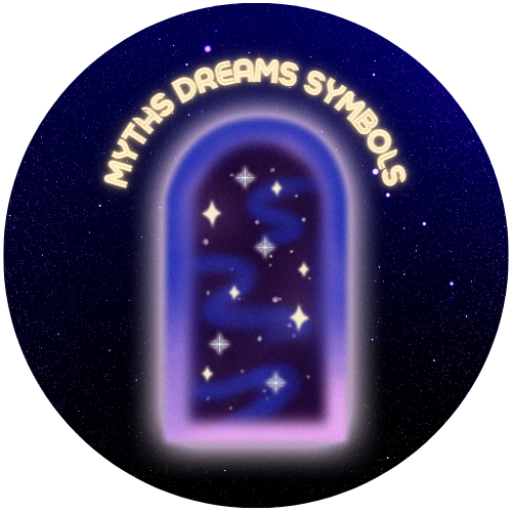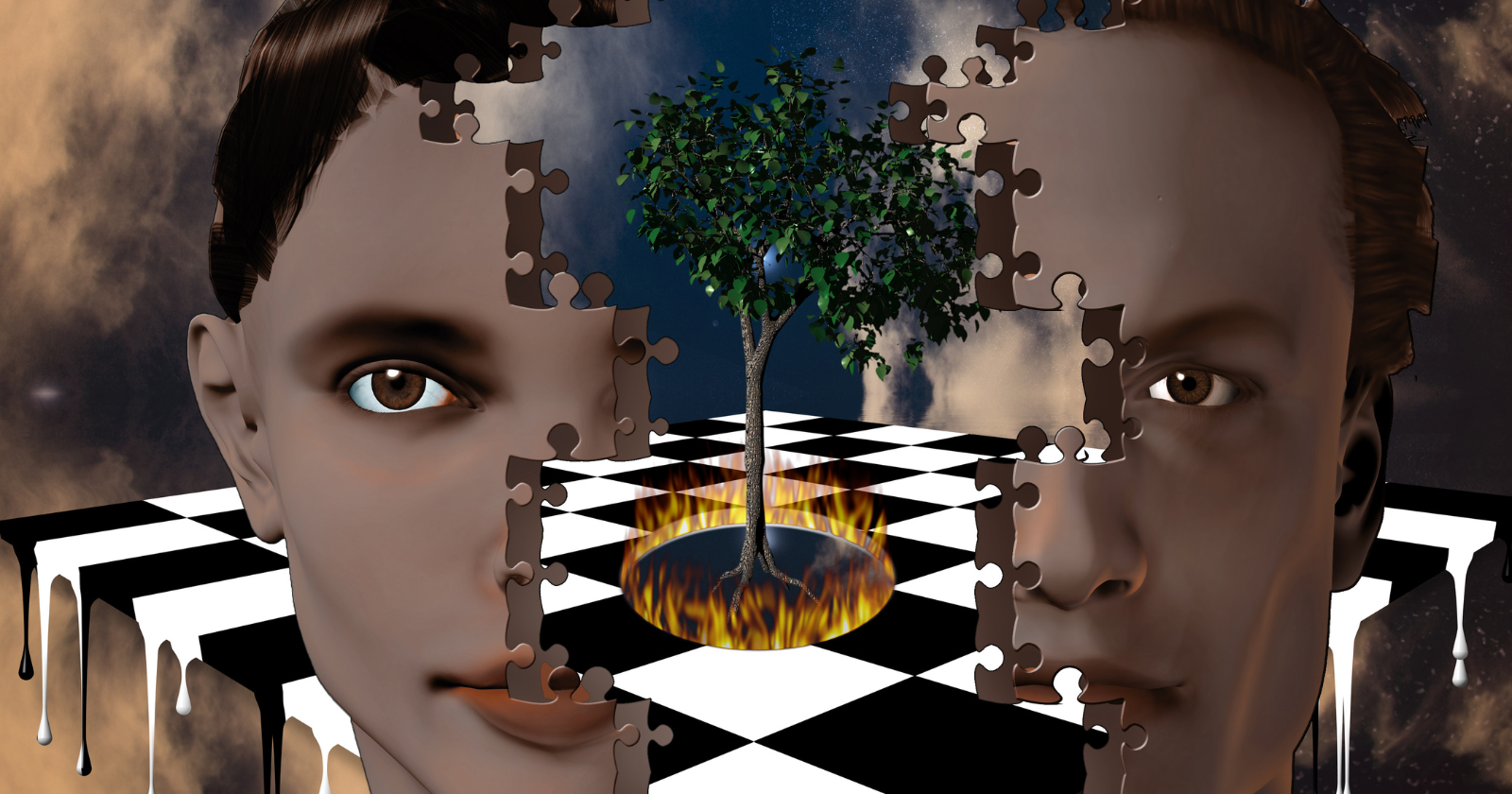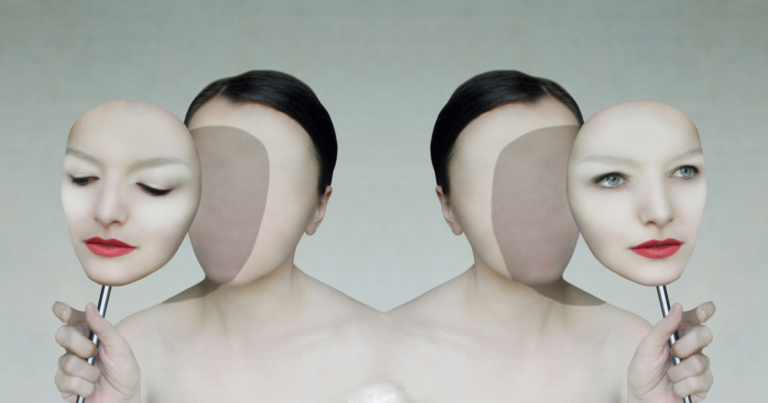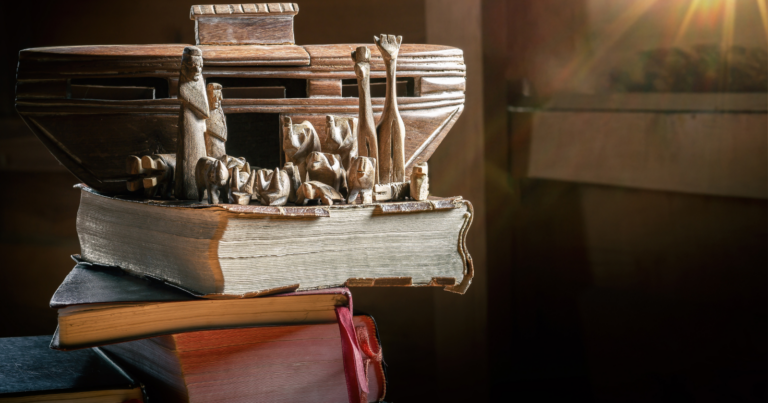In the rich tapestry of human consciousness, archetypes emerge as universal themes and patterns of behavior that originate from the collective unconscious.
These instinctive forces shape our perceptions and influence our ways of interacting with the world. In the realm of dreams, myths, and symbols, archetypal images serve as the conduits through which these deep, instinctual energies are expressed, offering us a glimpse into the shared human experience.
This exploration delves into the nature of archetypes and their profound impact on our dreams, guiding us through the symbolic language of our collective psyche.
The Nature of Archetypes
Archetypes, a concept introduced by the Swiss psychiatrist Carl Jung, represent the foundational elements of the human psyche. They are inherited potentials that are universally recognized, transcending individual experiences.
Archetypes are not directly observable but are understood through the symbols and motifs that appear in our dreams, myths, and cultural narratives.
They embody universal themes such as the Mother, the Hero, the Trickster, and the Shadow, each encapsulating fundamental human experiences and emotions.
Archetypal Images: The Language of Dreams
In the landscape of our dreams, archetypal images are the symbolic expressions of these deep-rooted instincts. They appear as characters, situations, or objects that carry a rich tapestry of meanings.
For example, dreaming of a wise old man might represent the archetype of the Sage, symbolizing wisdom and guidance. Similarly, a dream featuring a serpent could evoke the archetype of transformation and renewal, echoing ancient myths and stories from various cultures.
Understanding the archetypal images in our dreams requires us to delve into the collective unconscious, connecting with the shared heritage of human wisdom and experience. These symbols speak to us in a language beyond words, tapping into our instinctive understanding of universal themes and patterns.
The Role of Archetypes in Shaping Perception
Archetypes influence not only our dreams but also our perceptions and behaviors in waking life. They are instinctive strategies for navigating the complexities of existence, guiding our interactions and decisions.
By recognizing the archetypal patterns that underlie our actions and reactions, we gain insights into our deepest motivations and conflicts, facilitating a journey of self-discovery and personal growth.
Navigating the World of Archetypes
To navigate the world of archetypes, one must become attuned to the symbols and themes that recur in dreams, myths, and cultural narratives. Reflecting on these symbols, exploring their meanings, and understanding their relevance to our personal lives can unlock profound insights into our psyche and the collective unconscious.
Embracing the wisdom of archetypes encourages us to explore the shared human experience, connecting us with the universal stories that shape our understanding of the world. It invites us to embark on a journey of self-exploration, where the discovery of each archetypal pattern in our dreams and experiences brings us closer to realizing our full potential.
Conclusion: The Power of Archetypal Wisdom
Archetypes are the bedrock of the human psyche, influencing our dreams, behaviors, and perceptions. By engaging with the archetypal images that surface in our dreams and recognizing the universal themes they represent, we tap into the collective unconscious, gaining insights into our shared human experience.
This exploration of archetypes invites us on a journey of self-discovery, where the ancient symbols and themes of our dreams become keys to unlocking the mysteries of our deepest selves, guiding us towards greater understanding and harmony with the world around us.










